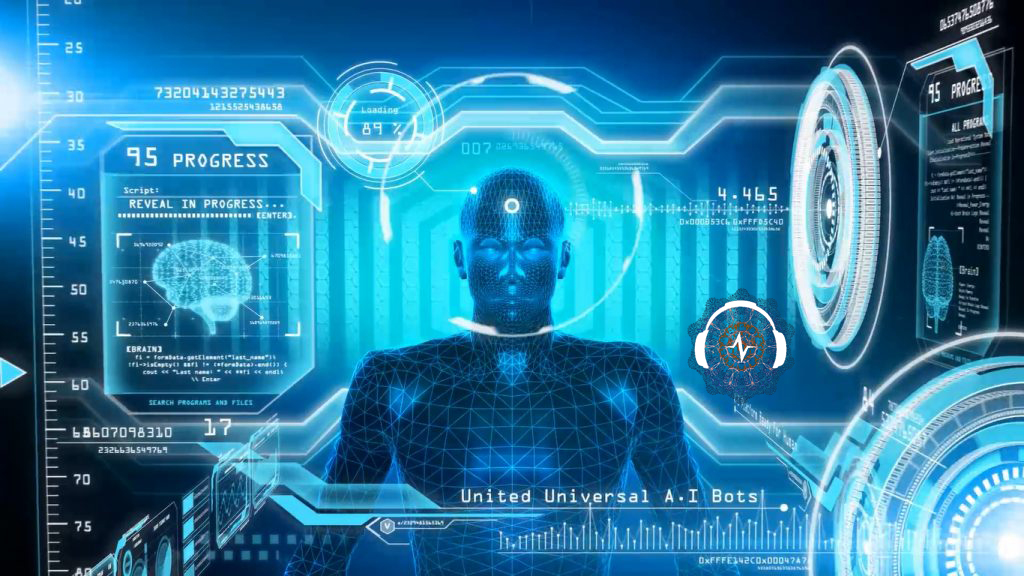The heart is an organ that pumps blood throughout the body, like an engine, pumping blood everywhere. When the engine is abnormal, the precise machine of the human body cannot run normally. So who gives blood to the heart? It's the coronary artery, and this blood vessel, like a hat, is all over the heart. With each beating of the heart, there will be part of the blood flow to the coronary artery, and then along the branches, flow to the heart, to ensure the nutrition of the heart muscle, to maintain the operation of the heart.
Coronary artery is said to be the "vital artery" of people, and myocardial infarction, "cut off" the vital artery. When a coronary artery is cut off, the heart muscle it feeds becomes ischemic. We often compare the heart to a house, the heart muscle to the wall of the house, and the ischemic heart muscle is a wall that may collapse at any time. The affected heart may stop beating at any time, and the patient's life is also on the edge of collapse at any time.
After a myocardial infarction, the most obvious feeling for a patient is pain. The pain of a typical myocardial infarction is one of the most severe pain a person can feel, and it is accompanied by the terrifying feeling of being near death. Most commonly, it is chest pain, but it can also be stomach pain, back pain, arm pain, throat pain, toothache... Every time a patient with a suspected heart attack is found, it is like death.
What we doctors have to do is to race with death to get ahead and save the patient. After a myocardial infarction, the last thing doctors want is ventricular fibrillation. Ventricular fibrillation is deadly. The heart beats regularly. In a normal heartbeat, the atria first squeezes the blood into the ventricle, and then the ventricle contracts again, like a water pump, pumping the blood throughout the body. This series of actions, all directed by the nerve, like the house circuit and communication system, arranges the heart's activities in an orderly manner.
After a myocardial infarction, it is like the walls of the house of the heart have rotten, and the circuits in it are likely to be disturbed, producing all kinds of chaotic current. The normal current delivered by the headquarters is seriously disturbed, and the whole system is ineffective. Without command, the heart may beat wildly, and various arrhythmias occur, of which ventricular fibrillation is the most dangerous. Ventricular fibrillation, also known as ventricular fibrillation, the ventricle should be beating regularly and vigorously, and now it becomes a blind trembling, there is no way to get the blood out.
The relationship between arteriosclerosis and myocardial infarction mainly occurs on the basis of coronary atherosclerotic stenosis in the myocardium. Due to some causes, coronary atherosclerotic plaque rupture, platelets in the blood accumulate on the surface of the ruptured plaque, forming blood clots (thrombi), suddenly blocking the coronary artery lumen, leading to myocardial ischemia and necrosis. Triggers: did not fall asleep during the running of the gallbladder meridian from 23:00 to 1:00 and the running of the liver meridian from 1:00 to 3:00; did not take a lunch break during the running of the snack meridian from 11:00 to 13:00; had large mood fluctuations; Hypertension, hyperlipidemia, diabetes mellitus. Studies have found that insufficient or poor sleep increases inflammatory cells and increases the risk of atherosclerosis.
